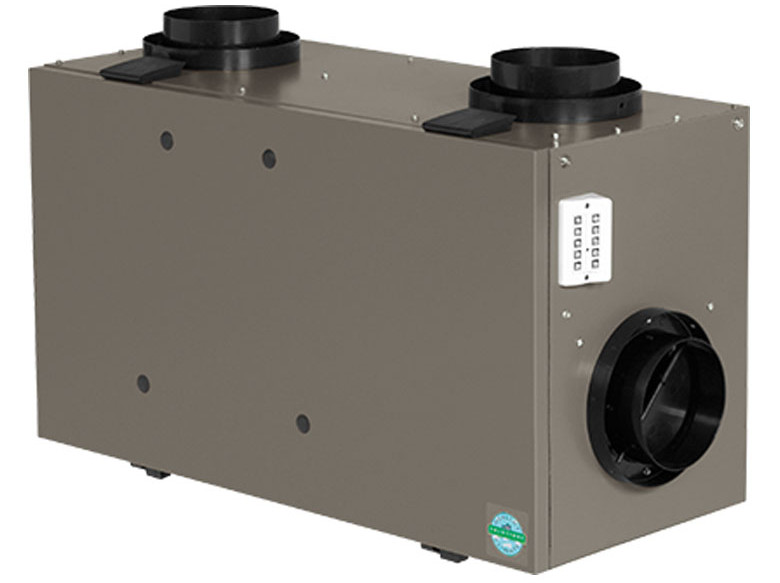Heating
Heat Recovery Ventilation Systems (HRVs) – How do they work?
It may seem counterproductive to spend money to heat air and then blow it to the outside. It would be nice if we could blow the pollutants out and keep the heated air and use it again to keep our home warm and save on energy. That’s essentially what Heat Recovery Ventilation Systems (HRVs) are designed to do.
If you want to enjoy the comfort of a warm home and fresh, clean air, heat recovery ventilation (HRV) unit may be just what you’re looking for! HRV units exchange stale air for fresh air (ventilation), and recover as much warm air as possible so that your furnace is not heating exceptionally cold air in the winter (heat recovery).
The HRV system uses a heat exchanger to extract the heat from the outgoing air stream and add it to the incoming stream, pre-conditioning it. The system is designed and installed in such a way that the supply stream from the outside and exhaust stream from inside the house pass right beside each other.
How an HRV unit works:
– One set of ducts collects stale, moist air from the kitchen, laundry, and bathroom, passes it through the HRV unit and then exhausts it to the outside.
– A second set of ducts draws in fresh, clean air from outside through the HRV unit.
– As the two air streams pass each other within the heat exchanger core, heat is transferred from the outgoing stale air to the fresh incoming air.
– The air streams never mix but up to 85% of the heat from the outgoing air can be captured and reused so the furnace doesn’t have to work as hard.
If you are interested in installing or require maintenance to your Heat Recovery Ventilation System, contact Premier Heating and Cooling today. 519-245-5945

